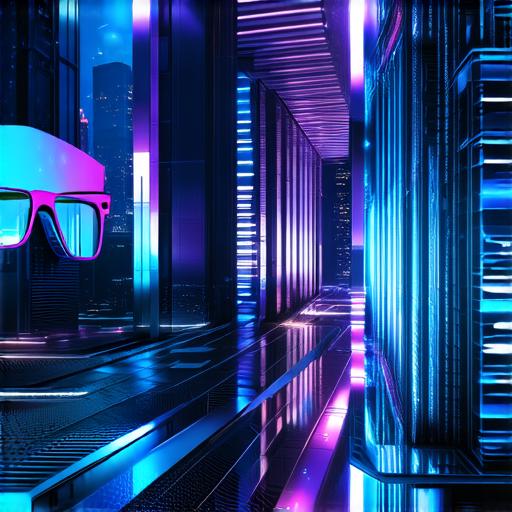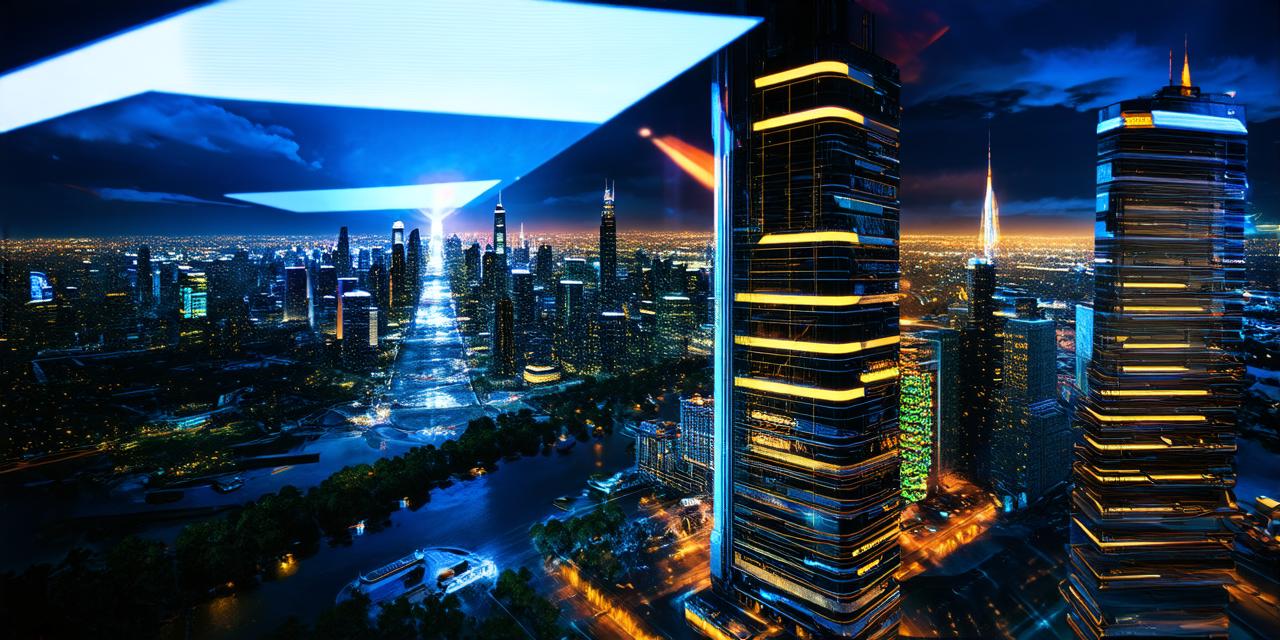Augmented Reality (AR): Uses and Applications
Augmented reality (AR) is an immersive technology that overlays digital information onto the real world. It allows users to interact with virtual objects and experiences in a seamless way, blending the physical and digital worlds together.
1. Gaming and entertainment
One of the most well-known uses of AR is in gaming and entertainment. Games like Pokemon Go and Snapchat’s augmented reality filters have captured the imagination of millions of people around the world, allowing them to engage with virtual objects and experiences in a fun and interactive way.
2. Training and education
AR is also being used for training and education purposes. For example, medical students can use AR to visualize complex anatomical structures, while pilots can use AR to practice flying techniques. By providing a realistic and immersive learning experience, AR can help learners better understand and retain information.
3. Retail and marketing
AR is also being used in retail and marketing to create interactive product displays and advertising campaigns. By overlaying digital information onto physical products, AR can provide customers with additional information about a product and allow them to see how it would look in their home or on their body. This can lead to increased sales and brand awareness.
4. Design and architecture

AR is being used in design and architecture to create virtual models of buildings and products, allowing architects and designers to visualize and test different designs before they are built. AR can also be used to create interactive product displays, allowing customers to see how a piece of furniture or decor would look in their home.
5. Manufacturing and assembly
AR is also being used in manufacturing and assembly to improve efficiency and reduce errors. By overlaying digital information onto physical objects, AR can provide workers with real-time instructions and guidance, helping them to assemble products more accurately and quickly. This can lead to reduced costs and improved product quality.
6. Engineering and construction
AR is being used in engineering and construction to visualize complex designs and plans, allowing engineers and architects to test different configurations and make adjustments in real-time. By providing a realistic and immersive experience, AR can help reduce errors and improve the overall efficiency of construction projects.
7. Real estate and interior design
AR is also being used in real estate and interior design to create virtual tours and showcase properties in a more engaging way. By allowing potential buyers to see how a property would look in different lighting conditions and with different furniture arrangements, AR can help them make more informed decisions about their purchase.
Case studies and personal experiences
One of the best ways to understand the uses of AR is to look at real-life examples of how it is being used in various industries. Here are a few case studies and personal experiences that illustrate some of the potential applications of AR:
1. Pokemon Go
Pokemon Go is perhaps the most well-known example of AR being used for gaming and entertainment. The game allows players to hunt for virtual creatures in their real-world surroundings, using their smartphones to capture images and videos of these creatures. Pokemon Go has been a massive success, with millions of users around the world downloading the app and spending hours playing it.
2. Medical training
AR is being used in medical training to help students visualize complex anatomical structures. For example, the University of Washington’s School of Medicine uses AR technology to allow medical students to explore the human body in a virtual environment. By overlaying digital information onto physical models, AR can provide students with a more immersive and engaging learning experience.
3. Retail marketing
AR is being used in retail marketing to create interactive product displays that allow customers to see how products would look in different lighting conditions and with different furniture arrangements. For example, IKEA’s AR app allows customers to place virtual furniture in their homes and see how it would look before making a purchase. This can lead to increased sales and brand awareness.
4. Design and architecture
AR is being used in design and architecture to create virtual models of buildings and products, allowing architects and designers to visualize and test different designs before they are built. For example, the architecture firm Gensler uses AR technology to allow clients to see how different design options would look in their physical space. By providing a realistic and immersive experience, AR can help architects and
